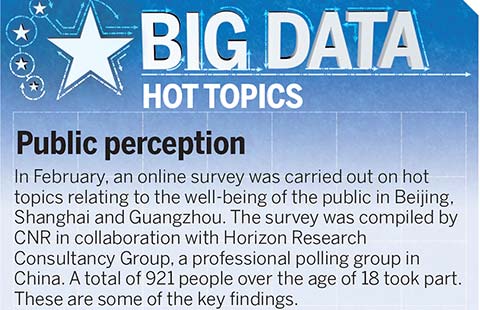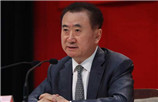Is Chinese economy sliding into dangerous position?
(Xinhua) Updated: 2012-09-22 17:47As the US Federal Reserve announced a third round of quantitative easing this month, while a verdict handed down by German Constitutional Court cleared uncertainty surrounding the launch of the European Stability Mechanism, external risks facing China are expected to stabilize, which will falsify the first hypothesis for China's "hard landing."
Indeed, China's economy is going through a tough time now following an average of almost two-digit annual growth over the past three decades, with its economic rise slowing for nine consecutive quarters after its GDP growth spiked to 11.9 percent in the first quarter of 2010.
Nonetheless, it is rash to conclude that China's economy is in deep recession henceforth.
Compared with other major economies, China's 7.6-percent GDP growth in the second quarter is enviable, even if its economic growth slows to between 7.0 percent and 7.5 percent in the third quarter, given its size as the world's second-largest economy.
The current slowdown in China is cyclical on one hand, over falling external demand from Europe and the United States, as well as the global economic downturn, but structural on the other, as the Chinese government tightened regulation of the property sector and initiated other measures to rebalance its economy.
Yet, China has more firepower in its policy ammunition to spur up economic growth than European countries and the United States.
The more pivotal question now is how the Chinese government can maintain a balance between stabilizing short-term growth and leaving room for sustainable and more healthy development in the long run after policymakers took measures to boost foreign trade and approved massive infrastructure investment plans worth more than 1 trillion yuan ($158 billion).
Besides, the Chinese government is aiming to increase domestic retail sales by 15 percent annually to reach 32 trillion yuan by 2015.
The above measures are expected to stabilize China's investment, export and consumption, thus making the second forecast unrealistic.
As the world continues to struggle through a global financial crisis that began in 2008, there is no need to fuss about an economic slowdown in China, where the light can be seen at the end of the dark tunnel. What we need now is just a little more confidence and patience.
- China urges EU to accept its market economy status
- Sri Lanka approves recommencement of China-funded mega port city
- Political advisors pool wisdom to boost China's economy
- Audi's sales in China hit new record in February
- Great potential in China's robot market: national lawmaker
- Citibank closes sub-branch in Beijing
- China railcar giant to supply Chicago trains
- China emerges as player in chemical M&A: report
















